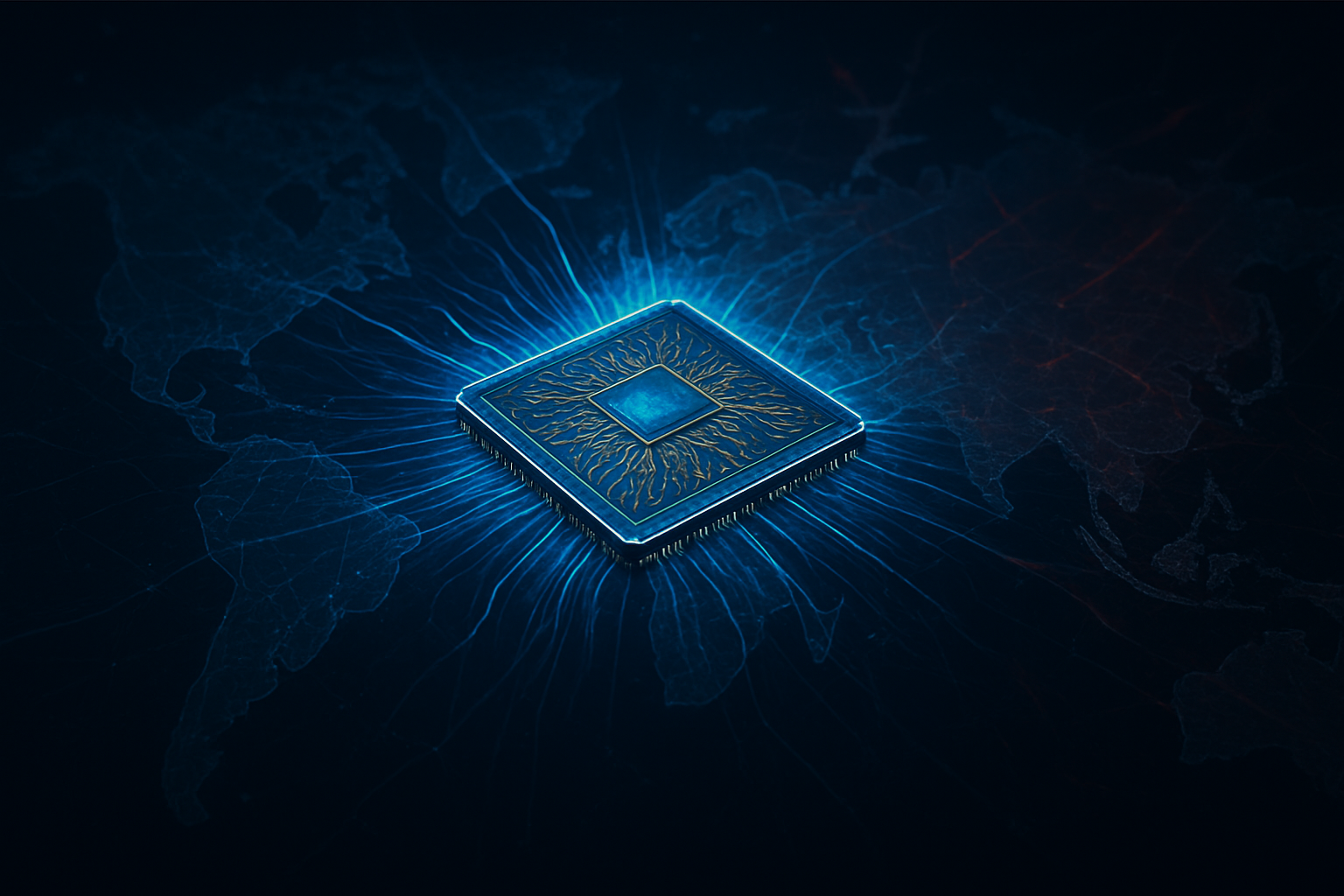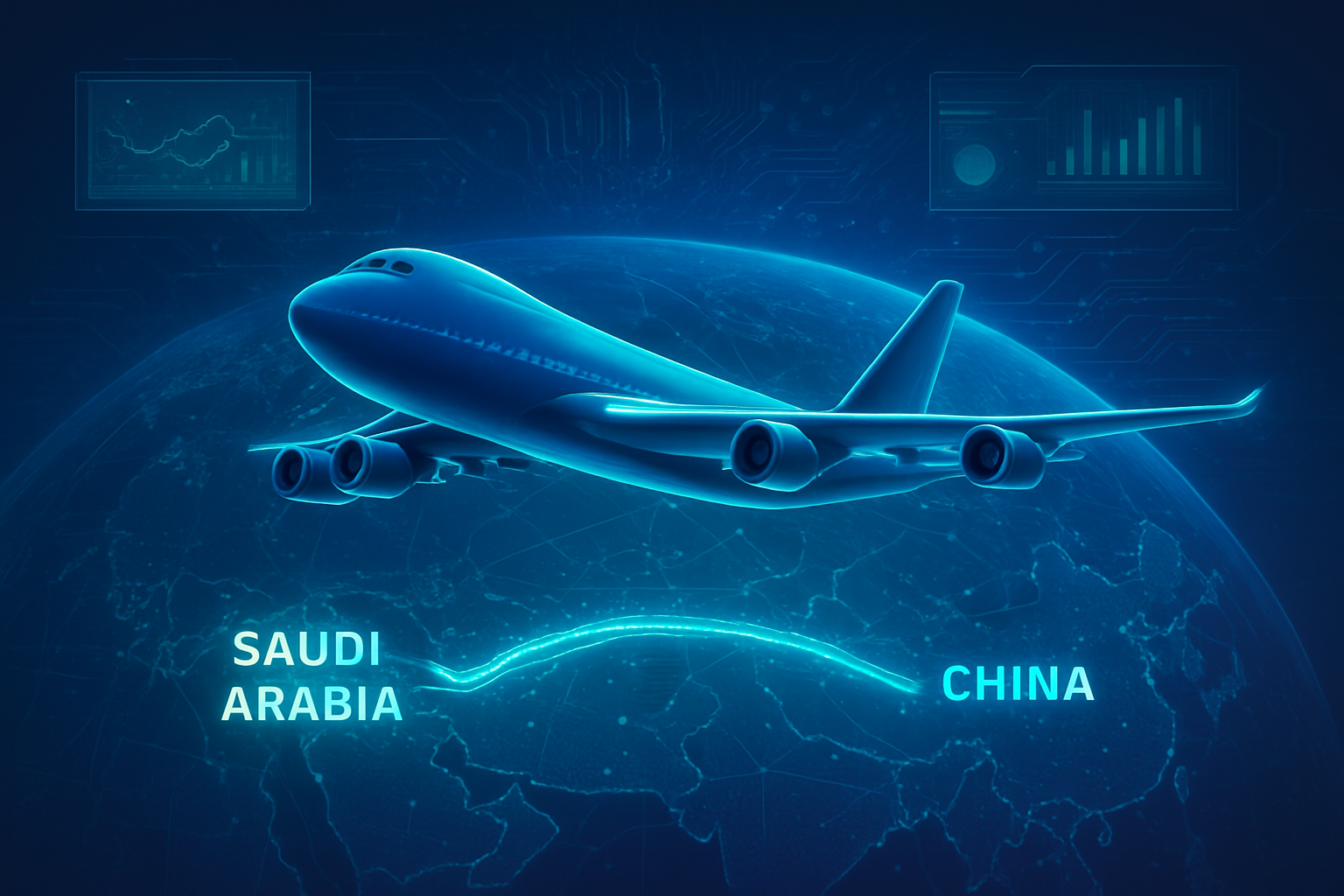Nvidia's (NASDAQ: NVDA) strategic pivot towards localizing the production of its cutting-edge artificial intelligence (AI) chips within the United States, particularly through significant investments in Arizona, marks a watershed moment in the global technology landscape. This bold initiative, driven by a confluence of surging AI demand, national security imperatives, and a push for supply chain resilience, aims to solidify America's leadership in the AI era. The immediate significance of this move is profound, establishing a robust domestic infrastructure for the "engines of the world's AI," thereby mitigating geopolitical risks and fostering an accelerated pace of innovation on U.S. soil.
This strategic shift is a direct response to global calls for re-industrialization and a reduction in reliance on concentrated overseas manufacturing. By bringing the production of its most advanced AI processors, including the powerful Blackwell architecture, to U.S. facilities, Nvidia is not merely expanding its manufacturing footprint but actively reshaping the future of AI development and the stability of the critical AI chip supply chain. This commitment, underscored by substantial financial investment and extensive partnerships, positions the U.S. at the forefront of the burgeoning AI industrial revolution.
Engineering the Future: Blackwell Chips and the Arizona Production Hub
Nvidia's most powerful AI chip architecture, Blackwell, is now in full volume production at Taiwan Semiconductor Manufacturing Company's (NYSE: TSM) facilities in Phoenix, Arizona. This represents a historic departure from manufacturing these cutting-edge chips exclusively in Taiwan, with Nvidia CEO Jensen Huang heralding it as the first time the "engines of the world's AI infrastructure are being built in the United States." This advanced production leverages TSMC's capabilities to produce sophisticated 4-nanometer and 5-nanometer chips, with plans to advance to 3-nanometer, 2-nanometer, and even A16 technologies in the coming years.
The Blackwell architecture itself is a marvel of engineering, with flagship products like the Blackwell Ultra designed to deliver up to 15 petaflops of performance for demanding AI workloads, each chip packing an astonishing 208 billion transistors. These chips feature an enhanced Transformer Engine optimized for large language models and a new Decompression Engine to accelerate database queries, representing a significant leap over their Hopper predecessors. Beyond wafer fabrication, Nvidia has forged critical partnerships for advanced packaging and testing operations in Arizona with companies like Amkor (NASDAQ: AMKR) and SPIL, utilizing complex chip-on-wafer-on-substrate (CoWoS) technology, specifically CoWoS-L, for its Blackwell chips.
This approach differs significantly from previous strategies that heavily relied on a centralized, often overseas, manufacturing model. By diversifying its supply chain and establishing an integrated U.S. ecosystem—from fabrication in Arizona to packaging and testing in Arizona, and supercomputer assembly in Texas with partners like Foxconn (TWSE: 2317) and Wistron (TWSE: 3231)—Nvidia is building a more resilient and secure supply chain. While initial fabrication is moving to the U.S., a crucial aspect of high-end AI chip production, advanced packaging, still largely depends on facilities in Taiwan, though Amkor's upcoming Arizona plant by 2027-2028 aims to localize this critical process.
Initial reactions from the AI research community and industry experts have been overwhelmingly positive, viewing Nvidia's technical pivot to U.S. production as a crucial step towards a more robust and secure AI infrastructure. Experts commend the move for strengthening the U.S. semiconductor supply chain and securing America's leadership in artificial intelligence, acknowledging the strategic importance of mitigating geopolitical risks. While acknowledging the higher manufacturing costs in the U.S. compared to Taiwan, the national security and supply chain benefits are widely considered paramount.
Reshaping the AI Ecosystem: Implications for Companies and Competitive Dynamics
Nvidia's aggressive push for AI chip production in the U.S. is poised to significantly reshape the competitive landscape for AI companies, tech giants, and startups. Domestically, U.S.-based AI labs, cloud providers, and startups stand to benefit immensely from faster and more reliable access to Nvidia's cutting-edge hardware. This localized supply chain can accelerate innovation cycles, reduce lead times, and provide a strategic advantage in developing and deploying next-generation AI solutions. Major American tech giants like Google (NASDAQ: GOOGL), Microsoft (NASDAQ: MSFT), Meta (NASDAQ: META), and Oracle (NYSE: ORCL), all significant customers of Nvidia's advanced chips, will benefit from enhanced supply chain resilience and potentially quicker access to the foundational hardware powering their vast AI initiatives.
However, the implications extend beyond domestic advantages. Nvidia's U.S. production strategy, coupled with export restrictions on its most advanced chips to certain regions like China, creates a growing disparity in AI computing power globally. Non-U.S. companies in restricted regions may face significant limitations in acquiring top-tier Nvidia hardware, compelling them to invest more heavily in indigenous chip development or seek alternative suppliers. This could lead to a fragmented global AI landscape, where access to the most advanced hardware becomes a strategic national asset.
The move also has potential disruptive effects on existing products and services. While it significantly strengthens supply chain resilience, the higher manufacturing costs in the U.S. could translate to increased prices for AI infrastructure and services, potentially impacting profit margins or being passed on to end-users. Conversely, the accelerated AI innovation within the U.S. due to enhanced hardware access could lead to the faster development and deployment of new AI products and services by American companies, potentially disrupting global market dynamics and establishing new industry standards.
Nvidia's market positioning is further solidified by this strategy. It is positioning itself not just as a chip supplier but as a critical infrastructure partner for governments and major industries. By securing a domestic supply of its most advanced AI chips, Nvidia reinforces its technological leadership and aligns with U.S. policy goals of re-industrializing and maintaining a technological edge. This enhanced control over the domestic "AI technology stack" provides a unique competitive advantage, enabling closer integration and optimization of hardware and software, and propelling Nvidia's market valuation to an unprecedented $5 trillion.
A New Industrial Revolution: Wider Significance and Geopolitical Chess
Nvidia's U.S. AI chip production strategy is not merely an expansion of manufacturing; it's a foundational element of the broader AI landscape and an indicator of significant global trends. These chips are the "engines" powering the generative AI revolution, large language models, high-performance computing, robotics, and autonomous systems across every conceivable industry. The establishment of "AI factories"—data centers specifically designed for AI processing—underscores the profound shift towards AI as a core industrial infrastructure, driving what many are calling a new industrial revolution.
The economic impacts are projected to be immense. Nvidia's commitment to produce up to $500 billion in AI infrastructure in the U.S. over the next four years is expected to create hundreds of thousands, if not millions, of high-quality jobs and generate trillions of dollars in economic activity. This strengthens the U.S. semiconductor industry and ensures its capacity to meet the surging global demand for AI technologies, reinforcing the "Made in America" agenda.
Geopolitically, this move is a strategic chess piece. It aims to enhance supply chain resilience and reduce reliance on Asian production, particularly Taiwan, amidst escalating trade tensions and the ongoing technological rivalry with China. U.S. government incentives, such as the CHIPS and Science Act, and direct pressure have influenced this shift, with the goal of maintaining American technological dominance. However, U.S. export controls on advanced AI chips to China have created a complex "AI Cold War," impacting Nvidia's revenue from the Chinese market and intensifying the global race for AI supremacy.
Potential concerns include the higher cost of manufacturing in the U.S., though Nvidia anticipates improved efficiency over time. More broadly, Nvidia's near-monopoly in high-performance AI chips has raised concerns about market concentration and potential anti-competitive practices, leading to antitrust scrutiny. The U.S. policy of reserving advanced AI chips for American companies and allies, while limiting access for rivals, also raises questions about global equity in AI development and could exacerbate the technological divide. This era is often compared to a new "industrial revolution," with Nvidia's rise built on decades of foresight in recognizing the power of GPUs for parallel computing, a bet that now underpins the pervasive industrial and economic integration of AI.
The Road Ahead: Future Developments and Expert Predictions
Nvidia's strategic expansion in the U.S. is a long-term commitment. In the near term, the focus will be on the full ramp-up of Blackwell chip production in Arizona and the operationalization of AI supercomputer manufacturing plants in Texas, with mass production expected in the next 12-15 months. Nvidia also unveiled its next-generation AI chip, "Vera Rubin" (or "Rubin"), at the GTC conference in October 2025, with Rubin GPUs slated for mass production in late 2026. This continuous innovation in chip architecture, coupled with localized production, will further cement the U.S.'s role as a hub for advanced AI hardware.
These U.S.-produced AI chips and supercomputers are poised to be the "engines" for a new era of "AI factories," driving an "industrial revolution" across every sector. Potential applications include accelerating machine learning and deep learning processes, revolutionizing big data analytics, boosting AI capabilities in edge devices, and enabling the development of "physical AI" through digital twins and advanced robotics. Nvidia's partnerships with robotics companies like Figure also highlight its commitment to advancing next-generation humanoid robotics.
However, significant challenges remain. The higher cost of domestic manufacturing is a persistent concern, though Nvidia views it as a necessary investment for national security and supply chain resilience. A crucial challenge is addressing the skilled labor shortage in advanced semiconductor manufacturing, packaging, and testing, even with Nvidia's plans for automation and robotics. Geopolitical shifts and export controls, particularly concerning China, continue to pose significant hurdles, with the U.S. government's stringent restrictions prompting Nvidia to develop region-specific products and navigate a complex regulatory landscape. Experts predict that these restrictions will compel China to further accelerate its indigenous AI chip development.
Experts foresee that Nvidia's strategy will create hundreds of thousands, potentially millions, of high-quality jobs and drive trillions of dollars in economic security in the U.S. The decision to keep the most powerful AI chips primarily within the U.S. is seen as a pivotal moment for national competitive strength in AI. Nvidia is expected to continue its strategy of deep vertical integration, co-designing hardware and software across the entire stack, and expanding into areas like quantum computing and advanced telecommunications. Industry leaders also urge policymakers to strike a balance with export controls to safeguard national security without stifling innovation.
A Defining Era: Wrap-Up and What to Watch For
Nvidia's transformative strategy for AI chip production in the United States, particularly its deep engagement in Arizona, represents a historic milestone in U.S. manufacturing and a defining moment in AI history. By bringing the fabrication of its most advanced Blackwell AI chips to TSMC's facilities in Phoenix and establishing a comprehensive domestic ecosystem for supercomputer assembly and advanced packaging, Nvidia is actively re-industrializing the nation and fortifying its critical AI supply chain. The company's commitment of up to $500 billion in U.S. AI infrastructure underscores the profound economic and strategic benefits anticipated, including massive job creation and trillions in economic security.
This development signifies a robust comeback for America in advanced semiconductor fabrication, cementing its role as a preeminent force in AI hardware development and significantly reducing reliance on Asian manufacturing amidst escalating geopolitical tensions. The U.S. government's proactive stance in prioritizing domestic production, coupled with policies to reserve advanced chips for American companies, carries profound national security implications, aiming to safeguard technological leadership in what is increasingly being termed the "AI industrial revolution."
In the long term, this strategy is expected to yield substantial economic and strategic advantages for the U.S., accelerating AI innovation and infrastructure development domestically. However, the path forward is not without challenges, including the higher costs of U.S. manufacturing, the imperative to cultivate a skilled workforce, and the complex geopolitical landscape shaped by export restrictions and technological rivalries, particularly with China. The fragmentation of global supply chains and the intensification of the race for technological sovereignty will be defining features of this era.
In the coming weeks and months, several key developments warrant close attention. Watch for further clarifications from the Commerce Department regarding "advanced" versus "downgraded" chip definitions, which will dictate global access to Nvidia's products. The operational ramp-up of Nvidia's supercomputer manufacturing plants in Texas will be a significant indicator of progress. Crucially, the completion and operationalization of Amkor's $2 billion packaging facility in Arizona by 2027-2028 will be pivotal, enabling full CoWoS packaging capabilities in the U.S. and further reducing reliance on Taiwan. The evolving competitive landscape, with other tech giants pursuing their own AI chip designs, and the broader geopolitical implications of these protectionist measures on international trade will continue to unfold, shaping the future of AI globally.
This content is intended for informational purposes only and represents analysis of current AI developments.
TokenRing AI delivers enterprise-grade solutions for multi-agent AI workflow orchestration, AI-powered development tools, and seamless remote collaboration platforms.
For more information, visit https://www.tokenring.ai/.









